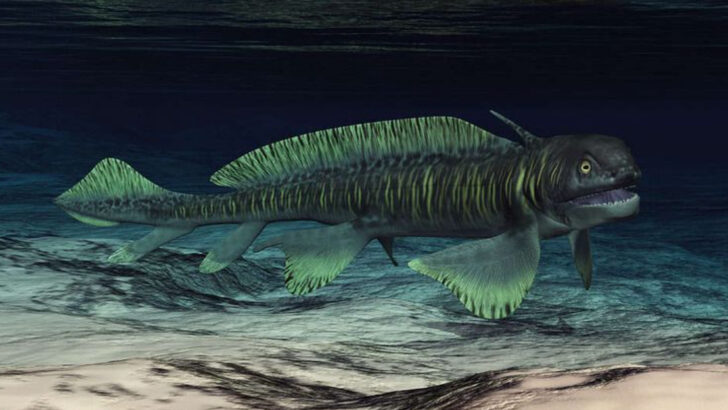Meet Orthacanthus: an ancient eel-shark that ruled North America’s waters like a living nightmare.
This creature wasn’t just a predator—it was a terror. With its snake-like body and shark-like head, Orthacanthus stalked the waters millions of years ago, making the oceans a perilous place.
Imagine swimming with something that could easily outpace you, strike with precision, and leave you wondering if you’d be the next meal.
Join us on a journey back to a time when creatures like Orthacanthus made the deep waters as dangerous as they were mysterious.
Ancient Predator of Prehistoric Waters

Picture this: the Orthacanthus, with its elongated body, gliding through prehistoric waters like a silent predator. Its eerie, eel-like form and serrated teeth were a nightmare to smaller creatures. As it navigated the murky depths, it was a master of stealth, capturing its prey with precision.
What made it truly fascinating was its dual ability to thrive in both freshwater and marine environments. This adaptability ensured its reign over a vast territory, making it a versatile predator. Imagine encountering such a creature; it was an embodiment of ancient aquatic prowess.
Remarkable Adaptability
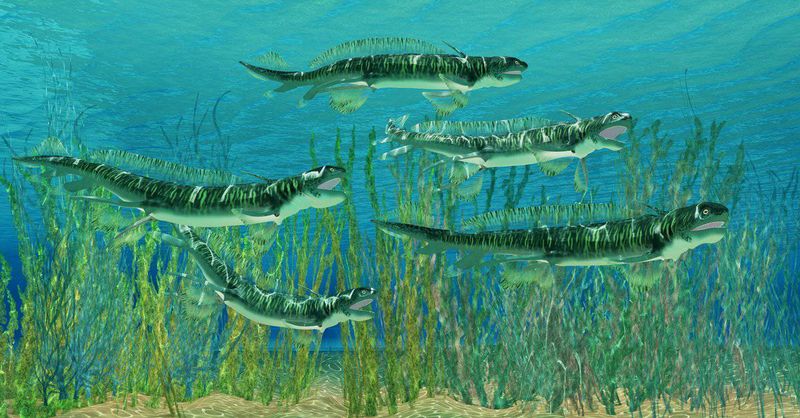
Orthacanthus possessed a remarkable adaptability that set it apart from its contemporaries. This ancient eel-shark could inhabit both freshwater rivers and salty seas, a testament to its evolutionary success. Its skin and physiology were designed for versatility, allowing it to flourish where others could not.
This adaptability not only broadened its hunting grounds but also its diet. Whether lurking in the shadowy depths of a river or the bustling marine waters, Orthacanthus was a master of survival. Its ability to transition between environments was a key factor in its dominance over ancient aquatic ecosystems.
Distinctive Dorsal Spine
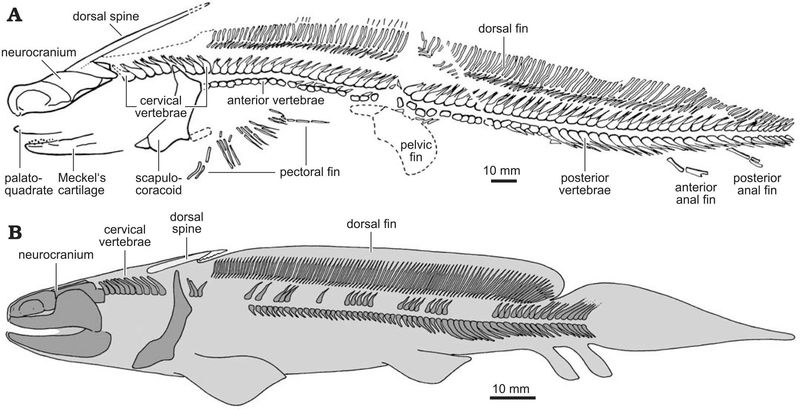
The most striking feature of the Orthacanthus was its distinctive dorsal spine. This long, sharp appendage stretched along its back like a formidable weapon. It served not only as a defensive tool but also played a role in its hydrodynamics, helping it maneuver with agility.
The spine added an intimidating silhouette, warning potential threats of its presence. Combined with its sharp teeth, the dorsal spine made Orthacanthus a force to be reckoned with. Its unique body structure was a marvel of nature’s engineering, highlighting the evolutionary prowess of this ancient sea predator.
Fossilized Legacy
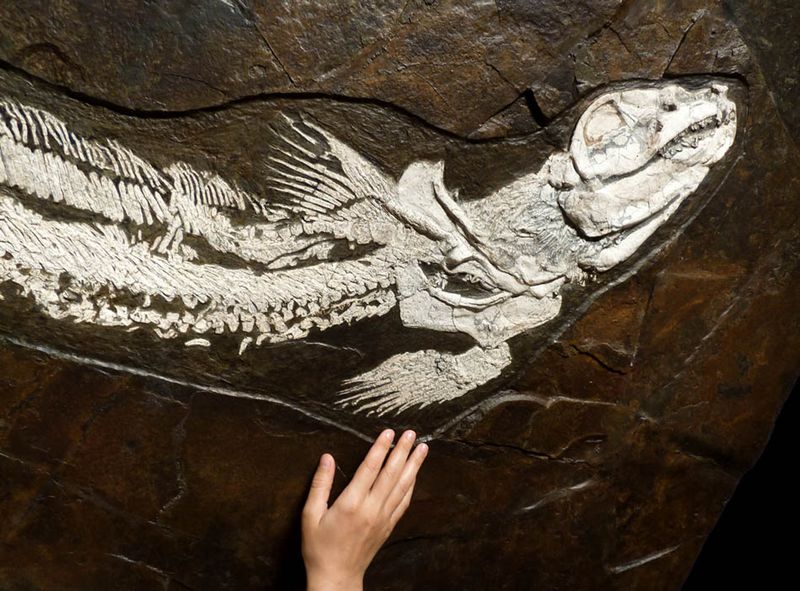
Today, the story of Orthacanthus is told through fossils scattered across ancient North American landscapes. These fossilized remains offer a glimpse into the past, preserving the creature’s legacy for scientists to study. Its teeth, with their distinctive serrations, are among the most common finds.
These relics allow researchers to piece together the life of this prehistoric predator. Museums proudly display these fossils, inviting the public to marvel at a time when Orthacanthus ruled the waters. Through these stone remnants, we connect with a world long gone but not forgotten.
Dietary Habits and Hunting Mechanisms
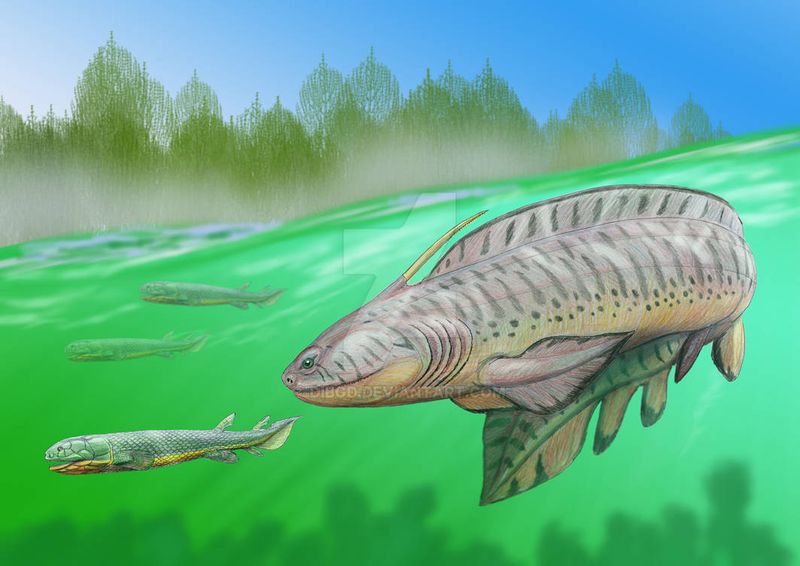
Orthacanthus had a varied diet that included fish, crustaceans, and even small amphibians. Its serrated teeth were perfect for gripping slippery prey, while its elongated body allowed swift, stealthy movements to catch victims by surprise.
This predator’s hunting mechanisms were a blend of patience and precision. Often lurking in the shadows, it waited for the right moment to strike. Its diet and tactics highlight its role as an apex predator, shaping the aquatic ecosystems it dominated. The Orthacanthus was a creature finely tuned to its environment, a testament to evolutionary excellence.
Reproductive Mysteries
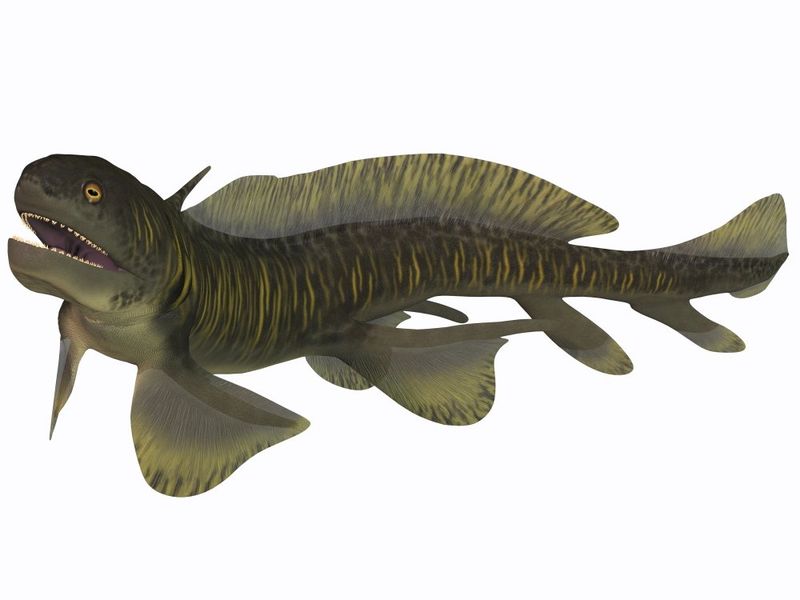
One of the intriguing aspects of Orthacanthus is its reproductive behavior, which remains shrouded in mystery. It is believed to have laid eggs in freshwater habitats, ensuring the next generation had a stable start in life. These eggs likely resembled those of modern sharks, though specifics are still under research.
The mystery of its reproduction continues to captivate paleontologists. Each discovery brings new insights, yet much remains to be uncovered. Understanding these reproductive strategies sheds light on how Orthacanthus thrived for millions of years, maintaining its place in the prehistoric aquatic hierarchy.
Cultural Impact and Modern Perception
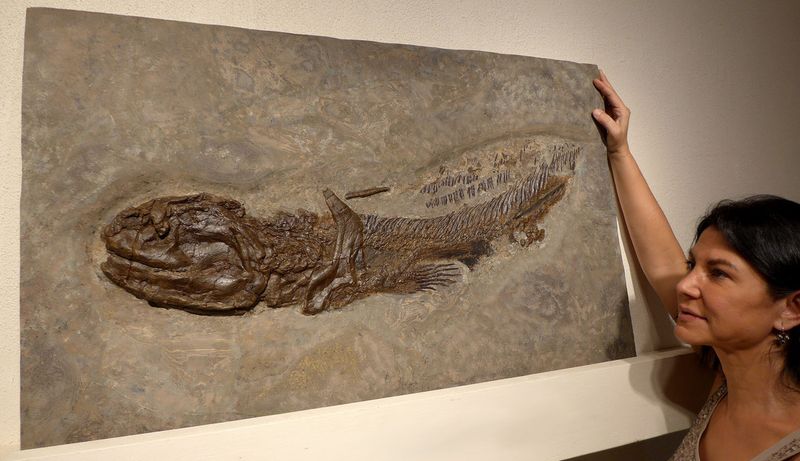
Orthacanthus may be an ancient creature, but its cultural impact lingers today. In modern exhibitions, it captures the imagination of school children and enthusiasts alike, bridging the gap between ancient history and contemporary understanding. Artists render its form with creativity, inspiring awe and curiosity.
The Orthacanthus serves as a reminder of nature’s profound creativity and adaptability. Its story is woven into educational programs, sparking interest in paleontology and evolutionary biology. Through modern interpretations, its legacy continues, ensuring this ancient predator remains a captivating figure in the narrative of Earth’s history.

